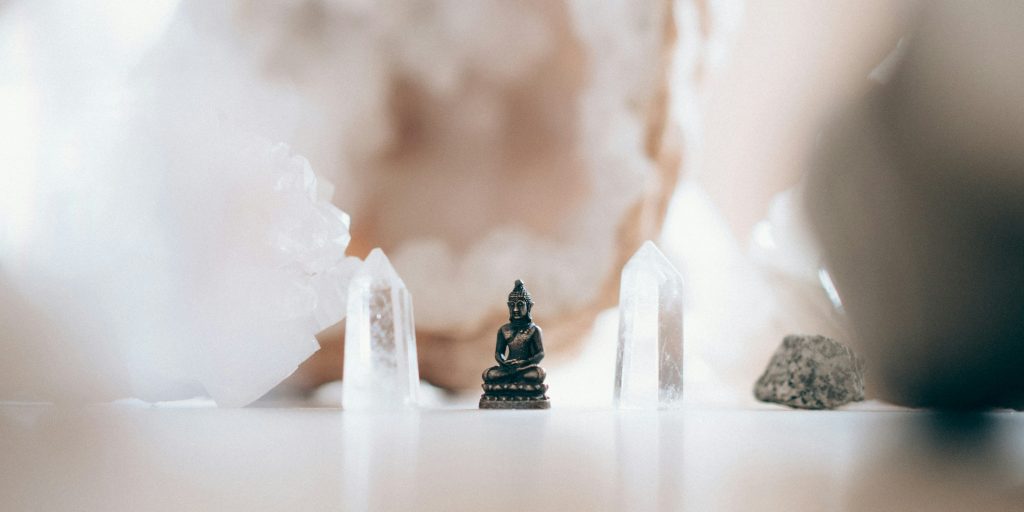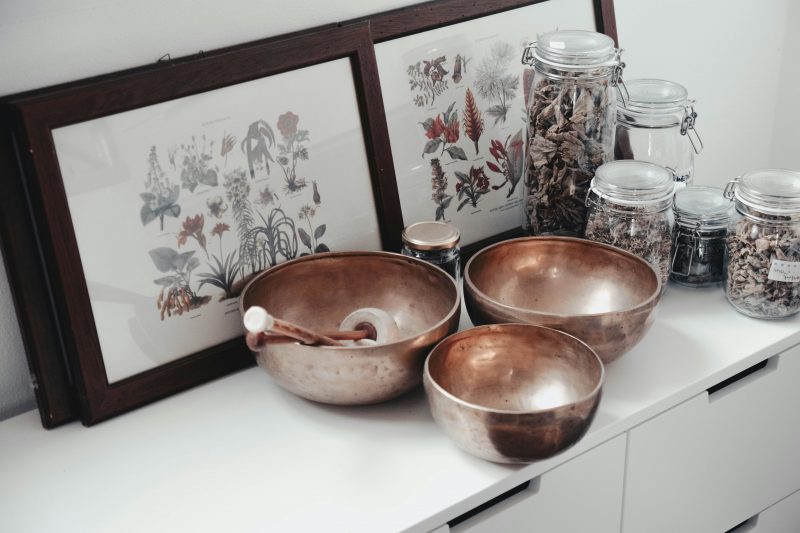
Reiki: Anxiety is an unwelcome guest that often arrives unannounced, bringing with it a wave of discomfort and unease. In our fast-paced world, finding solace and calm can seem daunting. However, Reiki, an ancient Japanese healing technique, offers a gentle and effective way to alleviate anxiety. Reiki practitioners help balance the body’s energy by channeling universal life energy, promoting relaxation and well-being.
Here are five Reiki steps you can practice to reduce anxiety and restore inner peace.

Step 1: Ground Yourself
Grounding is the foundation of any effective Reiki practice. Begin by sitting or standing in a comfortable position. Close your eyes and take a few deep breaths, inhaling through your nose and exhaling through your mouth. Visualize roots extending from the soles of your feet deep into the earth. Imagine drawing up the earth’s stabilizing energy, filling your body with security and stability. This grounding exercise helps anchor you in the present moment, reducing anxiety and helping you feel more connected to your surroundings.
Step 2: Focus on Your Breath
Breathwork is a powerful tool for managing anxiety. Start by placing one hand on your abdomen and the other on your chest. Inhale deeply through your nose, allowing your abdomen to rise, and then exhale slowly through your mouth, letting your abdomen fall. Repeat this breathing pattern several times, focusing solely on your breath. This simple yet effective technique calms the nervous system and deters your attention from anxious thoughts, grounding you in the rhythm of your breath.
Step 3: Self-Reiki Hand Positions
Reiki involves specific hand positions to channel energy to different parts of your body. To begin, find a quiet space where you won’t be disturbed. Sit or lie down comfortably and place your hands gently on your body, starting with your head. Move through the positions, holding each for a few minutes:
- Crown of the head.
- Forehead and eyes.
- Throat.
- Heart center.
- Abdomen.
As you hold each position, visualize warm, healing energy flowing from your hands into your body. This self-Reiki practice helps balance your energy centers, promoting relaxation and reducing anxiety.
Step 4: Use Reiki Symbols
Reiki symbols are sacred tools that enhance the flow of energy. The Sei He Ki (the mental/emotional symbol) is particularly effective for reducing anxiety. Draw the symbol in the air with your finger or visualize it in your mind’s eye. As you focus on the symbol, repeat its name silently to yourself. This symbol helps harmonize your emotions, bringing peace and mental clarity. Incorporating Reiki symbols into your practice can amplify the healing effects and provide deeper relief from anxiety.

Step 5: End with Gratitude
Gratitude is a powerful practice that shifts your focus from what’s troubling you to what’s uplifting. Conclude your Reiki session by placing your hands in prayer at your heart center. Take a moment to reflect on the positive aspects of your life and the healing energy you have received. Express gratitude for Reiki’s peace and calm in your experience. This practice not only enhances the effectiveness of your Reiki session but also cultivates a positive mindset that can help manage anxiety in the long run.
Embracing the Journey
Reiki is a journey of self-discovery and healing. By incorporating these five steps into your daily routine, you can create a sanctuary of calm and tranquility within yourself. Remember, Reiki is not a quick fix but a practice that requires patience and consistency. As you continue to explore and deepen your Reiki practice, you will find that your ability to manage anxiety improves, leading to a more balanced and harmonious life.
In our chaotic world, taking time for self-care through Reiki can be a profound act of kindness towards yourself. Embrace these steps with an open heart and mind, and let the healing energy of Reiki guide you toward a life of peace and well-being.
By Dr. Surabhi Sharma, Reiki Grand Master, HealingHeaven



